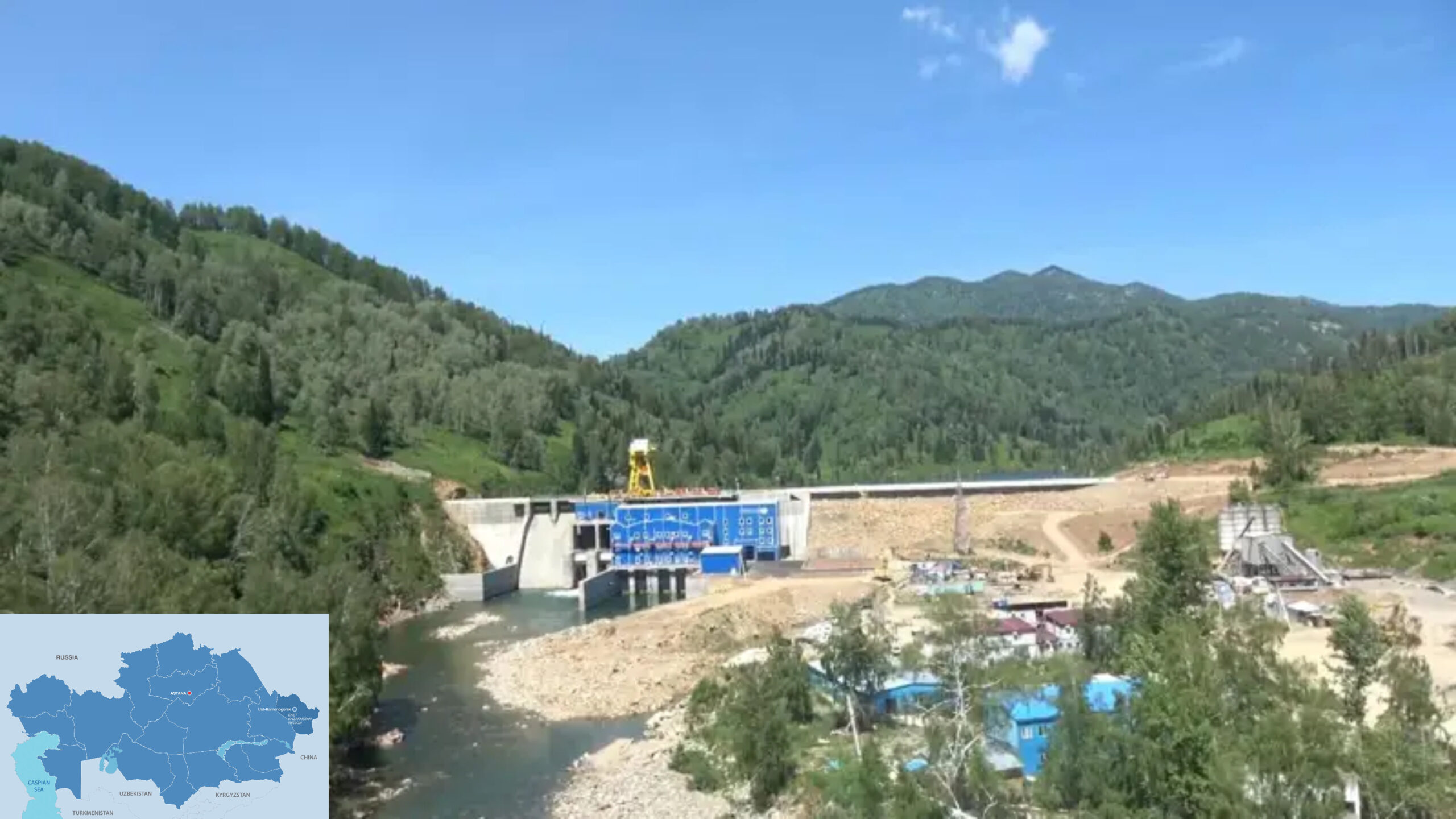ASTANA – The East Kazakhstan Region plans to construct five new hydroelectric power plants (HPPs) with a combined capacity of 74.3 megawatts (MW) in the coming years, Kazinform reported on Jan. 16.

Photo credit: East Kazakhstan Region’s administration Click to see the map in full size. The map is designed by The Astana Times.
Plans include the construction of five new small HPPs. A 1.4 MW plant will be built in the Katon-Karagay by 2027, followed by a 50 MW facility on the Bukhtarma River in the Altai district in 2029.
In 2030, two plants with a capacity of 4.5 MW and 2.4 MW will be built in the Zaisan district, along with a 16 MW plant in the Markakol district.
Hydropower remains the most rational energy option for the region. HPPs offer a regulated energy source with flexible production volumes, which is crucial for ensuring a stable energy supply.
The climatic conditions of the region limit the development of solar and wind energy. The region lacks significant potential for these sources.
Nurlan Ramazanov, the head of the region’s Energy and Housing and Utilities Department, explained that only certain districts have minimal conditions for wind or solar energy, while investors find regions with higher potential for these sources more attractive.
Energy base and plans
Currently, seven HPPs of various ownership types operate in eastern Kazakhstan, making it the country’s leader in hydropower. In 2024, the region’s total energy generation exceeded 7.6 billion kilowatt-hours (kWh), with renewable sources contributing 243.5 million kWh.
The region’s total hydro potential supports the development of 95 small HPPs with a combined capacity of 2 GW. Work is currently underway to attract investment to this sector.
Problems and solutions
Despite significant prospects, constructing small HPPs comes with challenges, primarily the need to allocate land in forest fund zones where these facilities are planned.
“Investors face difficulties during plot coordination, as the forest fund requires a special approach. We are working with authorized bodies to expedite the resolution of these issues,” Ramazanov noted.
Ensuring a balance between energy development and river ecosystem preservation is also critical. Experts emphasize that new constructions will consider minimizing environmental impact.


